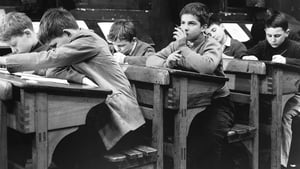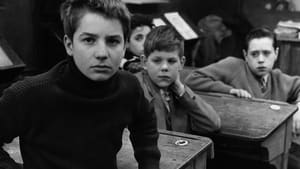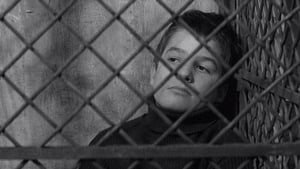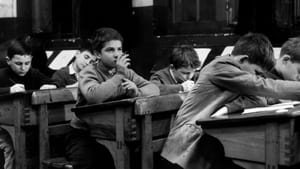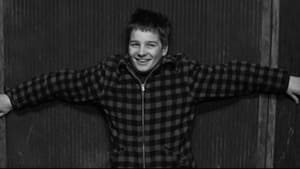Video Sources 0 Views
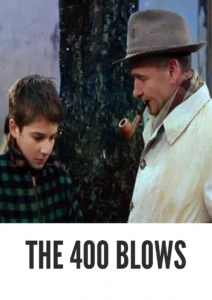
Download The 400 Blows (1959) Colorized HD | Jean-Pierre Léaud | French New Wave Drama
Synopsis

Step into the poignant world of adolescence with The 400 Blows, a defining film of the French New Wave from 1959, now beautifully colorized for a fresh and immersive viewing experience. Directed by François Truffaut, this semi-autobiographical drama captures the struggles, dreams, and rebellious spirit of a young boy navigating a world that often misunderstands him. Perfect for cinephiles and anyone who appreciates profound, character-driven stories, this HD download brings a timeless piece of cinematic art to your screen. Also known as Les Quatre Cents Coups.
The 400 Blows tells the story of Antoine Doinel (Jean-Pierre Léaud), a misunderstood and often troubled young boy growing up in Paris. Faced with neglectful parents and an unsympathetic school system, Antoine finds solace in truancy, petty theft, and the company of his close friend, René. His actions, often impulsive and born out of a desperate need for attention and affection, lead him into increasingly difficult situations.
As Antoine’s behavior escalates, he is eventually caught stealing a typewriter, leading to his arrest and placement in a juvenile detention center. The film poignantly depicts Antoine’s longing for freedom and understanding, culminating in an iconic final scene where he escapes the center and runs towards the sea. The 400 Blows is a sensitive and insightful portrayal of adolescent alienation, capturing the universal struggle to find one’s place in the world.
The film features a remarkable cast of actors who bring depth and authenticity to this coming-of-age story:
-
Jean-Pierre Léaud as Antoine Doinel
-
Albert Rémy as Antoine’s stepfather
-
Claire Maurier as Antoine’s mother
-
Patrick Auffay as René Bigey
The 400 Blows is a cornerstone of the French New Wave movement, embodying its spirit of innovation, realism, and personal expression. The film blends elements of drama and social commentary, offering a raw and unflinching look at the challenges faced by young people in post-war France.
Released in 1959, The 400 Blows marked François Truffaut’s debut as a feature film director and quickly became a symbol of the French New Wave. This cinematic movement sought to break away from traditional filmmaking conventions, embracing improvisation, location shooting, and a focus on contemporary social issues. Truffaut’s personal experiences heavily influenced the film, lending it a sense of authenticity and emotional resonance that resonated with audiences worldwide. The 400 Blows not only launched Truffaut’s career but also paved the way for a new era of filmmaking that prioritized artistic expression and social relevance.
This colorized version of The 400 Blows has been meticulously restored using state-of-the-art digital techniques, enhancing the visual experience while preserving the film’s original emotional depth. The colorization process involved a careful analysis of the original black and white footage, ensuring that the colors chosen reflect the mood and atmosphere of each scene. This painstaking process aims to bring new life to the characters and settings, making the story even more accessible for modern audiences. While the debate around colorizing classic films continues, this version offers a unique opportunity to experience Truffaut’s masterpiece in a new light, potentially introducing it to a wider audience and ensuring its legacy for future generations.
-
: François Truffaut
-
: François Truffaut, Marcel Moussy
-
: Henri Decaë
-
: Marie-Josèphe Yoyotte
-
: Carrosse Films
-
: Gaumont Distribution
-
: 99 minutes
-
: MP4
-
: HD (1080p)
-
: Compatible with most devices, including smartphones, tablets, computers, and smart TVs.
The 400 Blows is widely regarded as one of the most important and influential films in cinematic history. Its honest and compassionate portrayal of adolescence has resonated with audiences for decades, earning it numerous awards and accolades. The film’s innovative techniques and its exploration of universal themes continue to inspire filmmakers and viewers alike. As a poignant and timeless masterpiece, The 400 Blows remains a powerful testament to the enduring power of cinema.
-
: What is The 400 Blows about?
-
A: The 400 Blows is a semi-autobiographical film about a young boy named Antoine Doinel who struggles with neglect, misunderstanding, and the challenges of adolescence.
-
-
: Is The 400 Blows (1959) an important film?
-
A: Yes, The 400 Blows is considered a landmark film of the French New Wave and one of the most influential films ever made.
-
-
: Is this version of The 400 Blows colorized?
-
A: Yes, this version has been professionally colorized to enhance the viewing experience.
-
-
: What makes The 400 Blows so special?
-
A: The 400 Blows is celebrated for its honest portrayal of adolescence, its innovative filmmaking techniques, and its profound emotional impact.
-
-
: What is the download format?
-
A: The download format is MP4, which is compatible with most devices.
-
-
: What resolution is the download?
-
A: The resolution is HD (1080p), providing a high-quality viewing experience.
-
Watch The 400 Blows Today!

